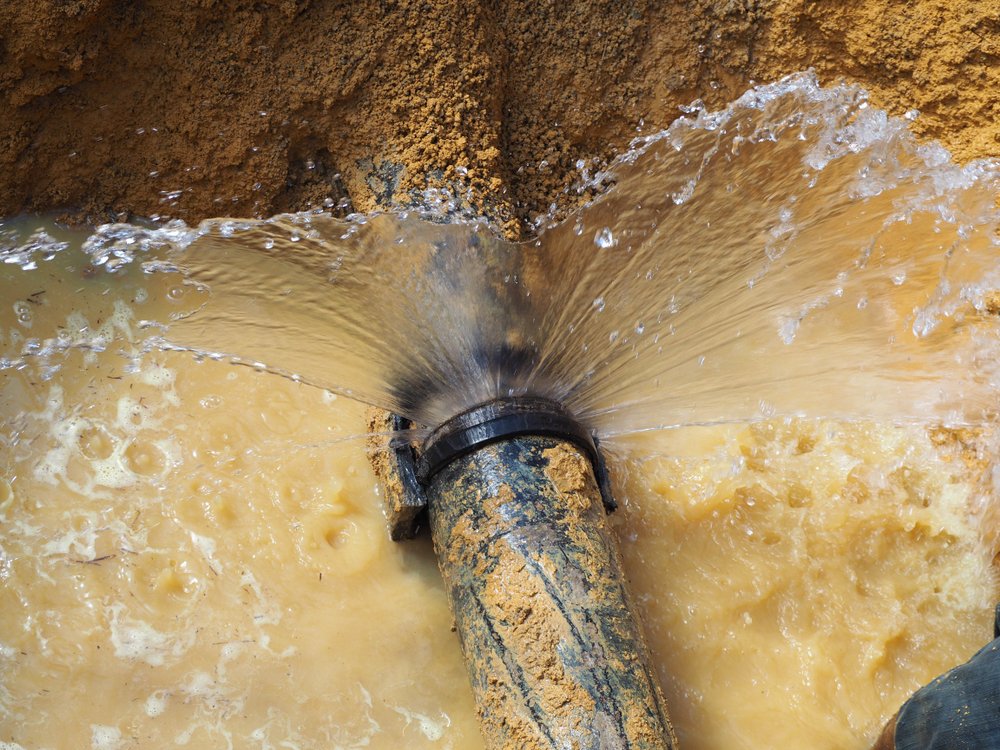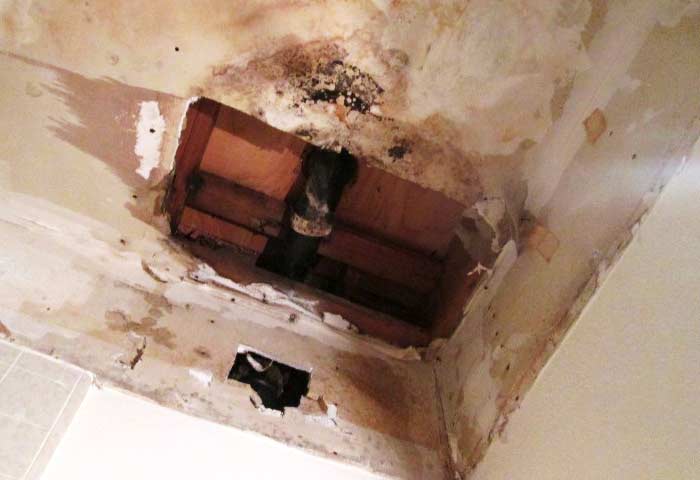This article below in relation to Do’s And Don’ts For Homeowners Managing With Water Damage is seriously intriguing. Check it out yourself and figure out what you think about it.

What should you do if a pipes bursts in your residence? Do you desire a mini-waterfall and also flooding in a location of your house? If you find yourself in this circumstance, you need to act quick. The longer you wait, the much more extreme the damages that can occur to your residential property. The clearheadedness is key in these events. For these factors, you require to discover just how to act in case of a ruptured water pipe. Because time is of the essence, examine out the complying with suggestions below to aid you act quick.
Shut down the Key Waterline Valve
Look for the local shut-off shutoff to turn off the water in one particular area just. If you don't recognize where the local shut-off valve is, go for the main water line shutoff and transform it off. Typically, the major valve is located outside the house following to the water meter.
Call Water Damage Reconstruction Pros for Assistance
After shutting the water source, call the specialists for assistance. This scenario is not something you can do some DIY due to the fact that the pipes required to be fixed and also there is a need to resolve the other problems to your residential or commercial property. Seek assistance from a reputable business supplying 24/7 emergency services if you can not cope. With their specialist help, you can avoid a lot bigger water damage including deformed walls, loose tiles, or damaged structures. Do not take this problem lightly as well as look for professional assistance for your total satisfaction and a reliable option.
Paper the Damages For Insurance
While you're waiting for the pros to get here, get some documentation of the damage caused by the errant pipeline. Do close-up shots of the harmed spots and valuables.
Salvage Things That Can Be Saved
Once you're done taking pictures, analyze the damaged items and get the most essential ones from the stack. Dry them off in a dry/warm area far from the broken location as well as try to protect them as much as you can. Drag as much moisture as you can to the material so it can begin to dry.
Beginning the Drying Refine
You require to start the drying process as soon as possible. The good news is, the water from your waterlines is currently clean so you don't have to bother with sewage system water. The streaming water may have interrupted the dust and particles in your floorboards and also rugs. In this case, placed some gloves on and start some damage control. Use pails to dispose out the water. Blot out as much water as you can from the surface areas with old towels. Turn on an electrical fan or open your home windows to promote air circulation. These actions will accelerate to completely dry and prevent mold and also mildew development.
Professionals are the only people certified to evaluate appropriately as well as deal with the burs pipes and also subsequent damages. As constantly, pipes do not just unexpectedly burst out of the blue. They generally give quiet red flags like bubbling paint, water spots. Strange sounds in the plumbing, caving ceiling, musty smell, or peeling off wallpaper. Remember of these indicators and do some safety nets so you can nip any kind of problems in the bud.
What should you do if a water pipeline ruptureds in your house? For these reasons, you require to find out how to act in the event of a ruptured water pipeline. After shutting the water source, call the experts for assistance. With their specialist help, you can avoid a lot bigger water damages consisting of warped baseboards, loose ceramic tiles, or harmed frameworks. Thankfully, the water from your waterlines is already tidy so you do not have to stress concerning sewer water.
BROKEN WATER PIPES: COST TO REPLACE & WAYS TO FIX A PIPE
CAUSES OF A BROKEN WATER PIPE
A water pipe can break for several reasons depending on the environment you live in, type of pipe, and circumstances.
The most common cause of broken pipes is freezing. If you live in a colder climate, this could happen. When water freezes it increases in volume by 9% and the pressure in the pipes can go from 40 psi to 40,000 psi. Clearly, this could be detrimental to the pipes. Water freezing causes quick expansion, which puts stress on the pipes and could lead them to crack or weaken. When water thaws, it will leak out the cracks. Other changes in water pressure can also cause breakage. Another common cause of broken water pipes is age.
Depending on the material, water pipes can last anywhere from 70-100 years. But the older they get, the more susceptible they are to weakening and corroding. Older pipes coming into contact with another material could speed up the corrosion process as well. PVC pipes can become brittle with age, while copper is prone to corrosion and stress over time. Something that could also potentially break water pipes is when they move. They may move from construction or the house settling. Moving can stress the fixed pipe which may lead to a leak or burst pipe.
HOW MUCH WATER COULD LEAK INTO YOUR HOUSE FROM A BROKEN PIPE?
The amount of water that leaks depend on how big the break in a pipe is. If it is just a minor crack, water will slowly leak out. This isn’t as serious as a full broken pipe, but it can still cause significant damage to your home. Burst pipes can leak up to 10 gallons of water per minute. The amount of water leaked also depends on what appliance is involved. The water line to your refrigerator can leak ½ to 1 gallon per minute depending on water pressure. One toilet supply line may leak 2-3 gallons a minute and a washing machine hose will leak up to 10-12 gallons per minute.
TURN THE WATER OFF
Doing this first is imperative; everything else can wait. You need to deactivate the water supply to stop the flow of water and prevent more water from leaking into your home. Shutting off the water could potentially save you thousands in water damage repairs. Locating the water shutoff valve depends on the climate you live in. For colder climates, the valves are usually inside, such as in the basement. For houses in milder weather, the shutoff valves will probably be outside—either attached to an exterior wall or in an underground box with a removable lid.
OPEN A FAUCET
The next thing to do is to open a faucet or turn on a sink. This will relieve any remaining water pressure in the pipes and ensure a full-shut down.
GET RID OF THE WATER
The quicker you get rid of the water, the less water damage and mold there could be. Use a mop and a shop vacuum to help get clean up the water. Use towels to dry everything the best you can.
CUT AND REMOVE THE DAMAGED PIPE
Once you have shut off the water and drained the damaged water pipe, you can begin to fix the issue. Cut out the damaged section of the pipe with a pipe cutter, ensuring that you also cut one inch extra on each side of the damage. Once you get rid of the broken part of the pipe, you may begin repairs.
https://www.wmhendersoninc.com/blog/broken-water-pipes-cost-to-replace-ways-to-fix-a-pipe/

We are very inquisitive about What To Do And What Not To Do When Dealing With Water Damage and I'm hoping you enjoyed the new entry. Remember to take the time to share this write-up if you enjoyed it. I thank you for reading our article about What To Do And What Not To Do When Dealing With Water Damage.